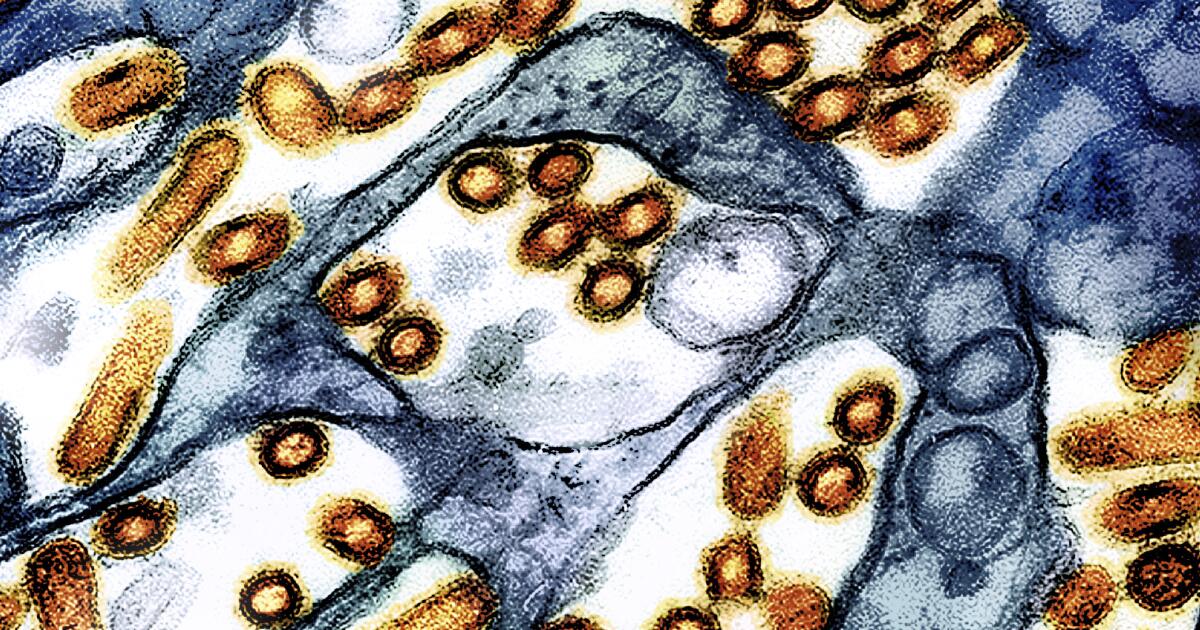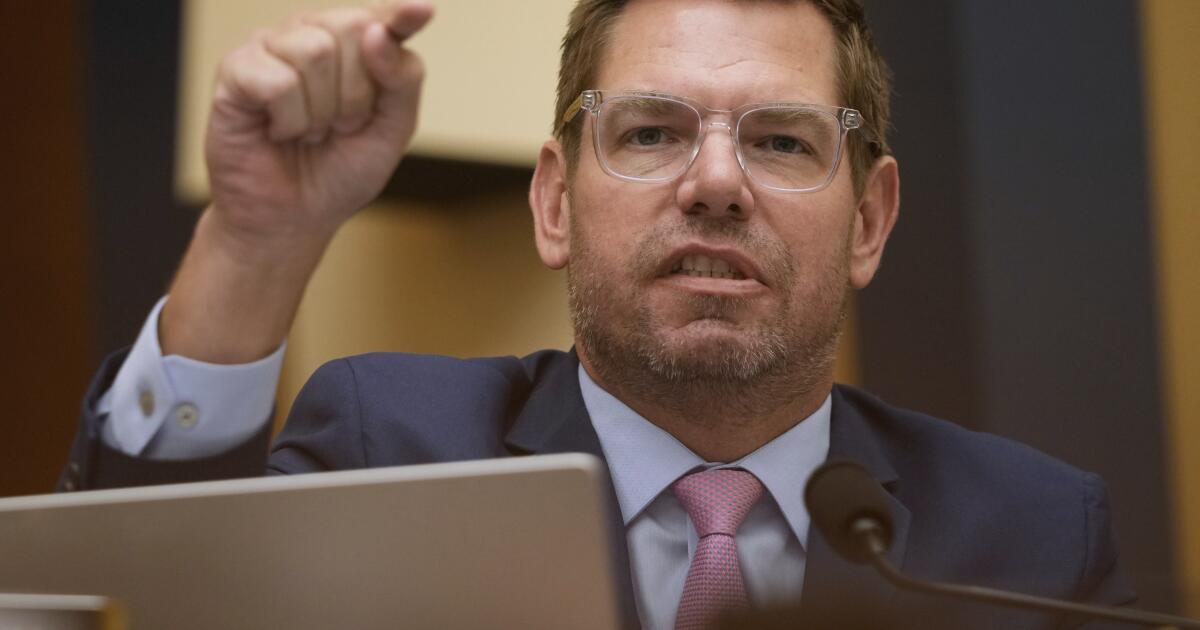Hawaii
Hawaii’s Vacation Rentals Nearly 6% Of Housing Supply

Despite vacation rental crackdowns and looming legislative reforms, vacation rental supply statewide still accounts for a significant portion of Hawaii’s housing stock.
That’s why the conversion of vacation rentals into longer-term housing is seen by some as a solution that could satisfy critical housing demand in Hawaii. But so far, regulatory policies have not led to an aggregate shift toward the long-term market, as other short-term rental listings have entered the market in response, said Justin Tyndall, an author of the Hawai‘i Housing Factbook 2024, which was released in May by the nomic Research Organization, where he works as an assistant professor of economics.University of Hawaii Eco
The fact book cites statistics from the state Department of Business, Economic Development and Tourism, which estimates that there are 32,000 STRs in the state, accounting for nearly 6% of the state’s entire housing inventory. While STRs aren’t necessarily in use daily, DBEDT data indicates that active listings increased 9% from 2022 to 2023.
Though Hawaii expanded its housing stock by 25,000 units, or 1.8%, from 2018 to 2022, UHERO noted that the growth was only on Oahu, which had a net increase of 23,000, and Hawaii County, which added 2,600 units. The report said Kauai and Maui saw a net loss of units, likely because “the rate of new construction has been unable to keep up with losses to the vacation rental market.”
So far, Maui is the only country to introduce a bill to amortize vacation rentals since the state gave the counties greater power to chart their own course. Kauai is staying the course. Hawaii island is working on vacation rental reforms but does not plan to amortize them.

Hawaii
Suspect apprehended during Thanksgiving restaurant robbery

HONOLULU (HawaiiNewsNow) – Police responded to an armed robbery call shortly before 10:30 p.m. on Thanksgiving.
According to police, a 36-year-old man entered a closed restaurant at 1910 Ala Moana Blvd. and allegedly pointed what appeared to be a handgun at two employees.
One employee was able to flee, but the second was reportedly assaulted and had her property taken.
Police officers arrived while the suspect was still at the scene and detained him.
The suspect was arrested on suspicion of two counts of first-degree robbery.
Anyone with information is asked to call 911 or CrimeStoppers at 808-955-8300.
Copyright 2025 Hawaii News Now. All rights reserved.
Hawaii
Christopher Fujimoto

Hawaii
Hawaii field goal kicker Matsuzawa had ‘humble beginnings’ | Honolulu Star-Advertiser
-

 Science1 week ago
Science1 week agoWashington state resident dies of new H5N5 form of bird flu
-

 Business4 days ago
Business4 days agoStruggling Six Flags names new CEO. What does that mean for Knott’s and Magic Mountain?
-

 New York1 week ago
New York1 week agoDriver Who Killed Mother and Daughters Sentenced to 3 to 9 Years
-

 World1 week ago
World1 week agoUnclear numbers: What we know about Italian military aid to Ukraine
-

 Politics2 days ago
Politics2 days agoRep. Swalwell’s suit alleges abuse of power, adds to scrutiny of Trump official’s mortgage probes
-

 Ohio3 days ago
Ohio3 days agoSnow set to surge across Northeast Ohio, threatening Thanksgiving travel
-

 Northeast1 week ago
Northeast1 week agoCamelot or Cringe?: Meet JFK’s grandson turned congressional candidate for the scrolling generation
-

 Southeast1 week ago
Southeast1 week agoAlabama teacher arrested, fired after alleged beating of son captured on camera





















